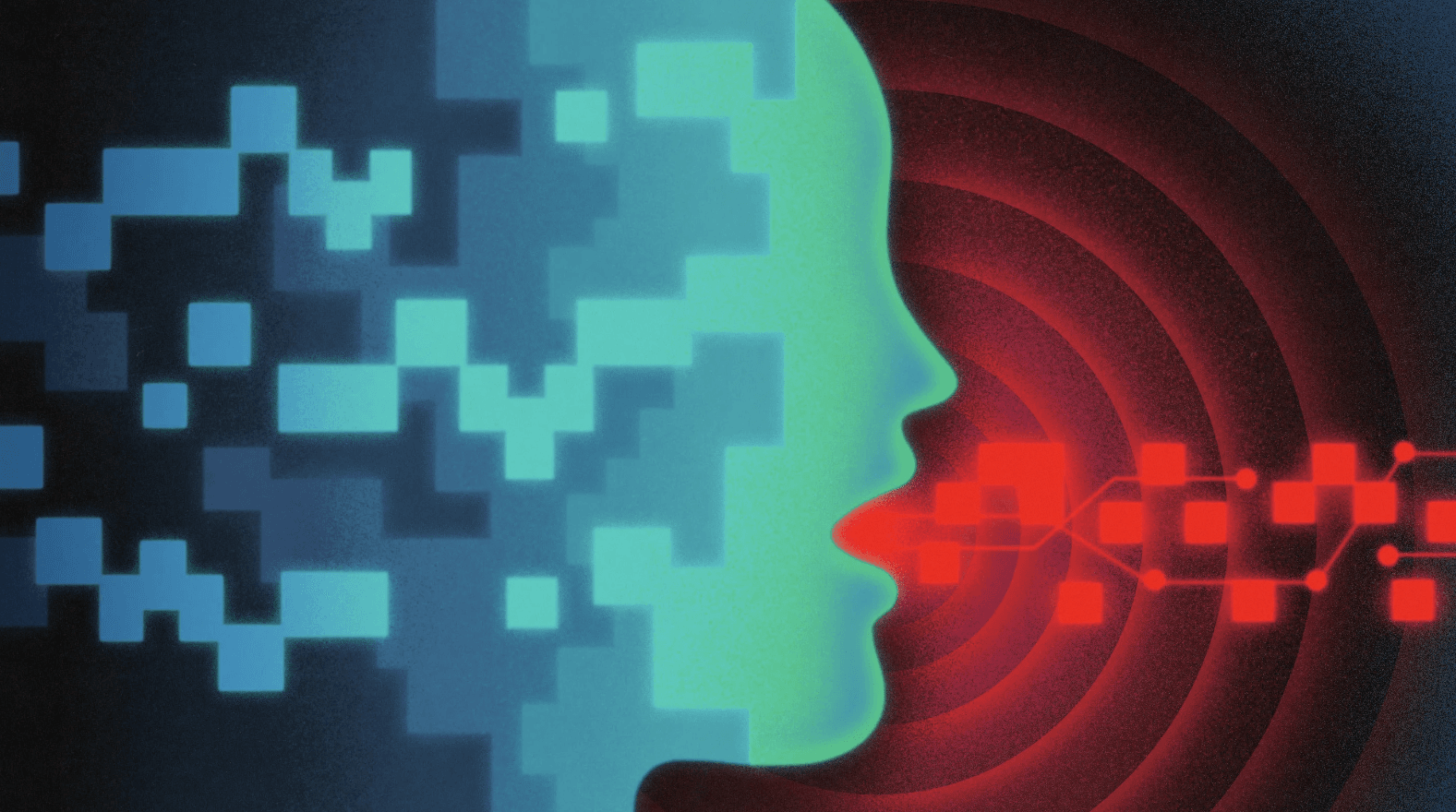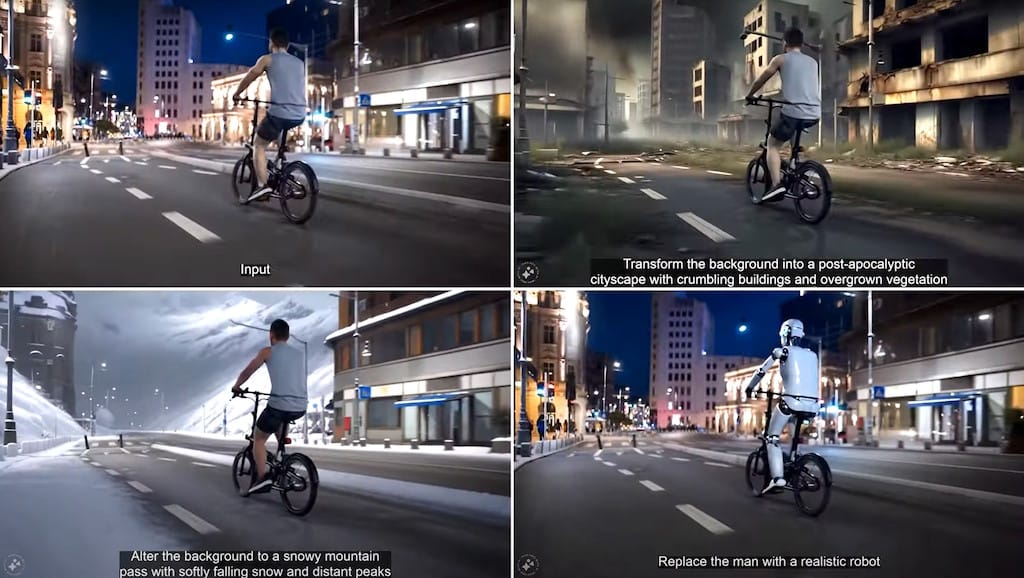AI usage has rapidly expanded recently, leading tech giants like Microsoft to consider nuclear energy. This shift is driven by the rise of generative AI chatbots, such as OpenAI’s ChatGPT, and integrated AI tools like Microsoft CoPilot in Windows 11. The surge in demand for data center power is so significant that wind and solar energy alone cannot fulfill it.
Future Power Demand
According to McKinsey & Company, the demand for power in data centers is expected to rise from 3.7 percent of total power consumption in the US to 11.7 percent by the decade’s end. Morgan Stanley also predicts that global CO2 emissions will increase from 200 million tons to 600 million tons due to the expansion of data centers.
In Memphis, Tennessee, a data center that trains and runs the Grok 3 AI from X seeks to raise its power needs from 50 MW to 150 MW. This amount of power could supply electricity to around 80,000 homes. Additionally, the facility consumes 30,000 gallons of water daily from underground wells for cooling purposes.
The Energy Challenge
The energy requirements of AI models stem from the vast number of calculations needed to answer user queries. Researchers from the University of California, Riverside, in collaboration with the Washington Post, found that generating a simple 100-word email using OpenAI’s GPT-4 AI necessitates a bottle of water for cooling and enough electricity to run 14 light bulbs for an hour.
Constructing power plants and electrical transmission systems is a slow process. Many energy companies are already dealing with shortages of power distribution units, switchgear, and transformers, leading to delays that can exceed a year. Power generation in various regions near current data centers is either at capacity or nearing it, causing rolling blackouts in areas like California.
Nuclear Energy as a Solution
In response, tech firms are increasingly looking to nuclear power to satisfy their electricity needs for AI data centers. These nuclear plants can produce large quantities of energy without requiring as much land as solar and wind farms. Additionally, nuclear energy isn’t reliant on sunlight or wind conditions.
Microsoft is not only funding the development of a new nuclear power facility but has also invested in restarting a reactor at the notorious Three Mile Island nuclear power plant, which was the site of a nuclear meltdown in 1979. This incident released radioactive gases into the atmosphere, marking it as the most severe nuclear disaster in the US, although it is less catastrophic compared to the Chernobyl and Fukushima disasters.
Waste Disposal Concerns
Nuclear power stations in the US produce highly dangerous radioactive waste. Regrettably, the government has yet to determine a long-term disposal solution for this waste following the cessation of funding for the Yucca Mountain nuclear waste repository during the Obama administration.
For those looking to make a positive impact on the environment, purchasing a solar panel kit (like one available on Amazon) can help charge laptops and phones using solar energy. AI enthusiasts may also consider running AI LLM models on solar-powered laptops at home, instead of relying on nuclear-powered data centers.
Sources include McKinsey & Company, WSJ, Washington Post, Constellation Energy, MIT Technology Review, Time, CBS Evening News on YouTube, Nuclear Energy Institute, and The Register.























